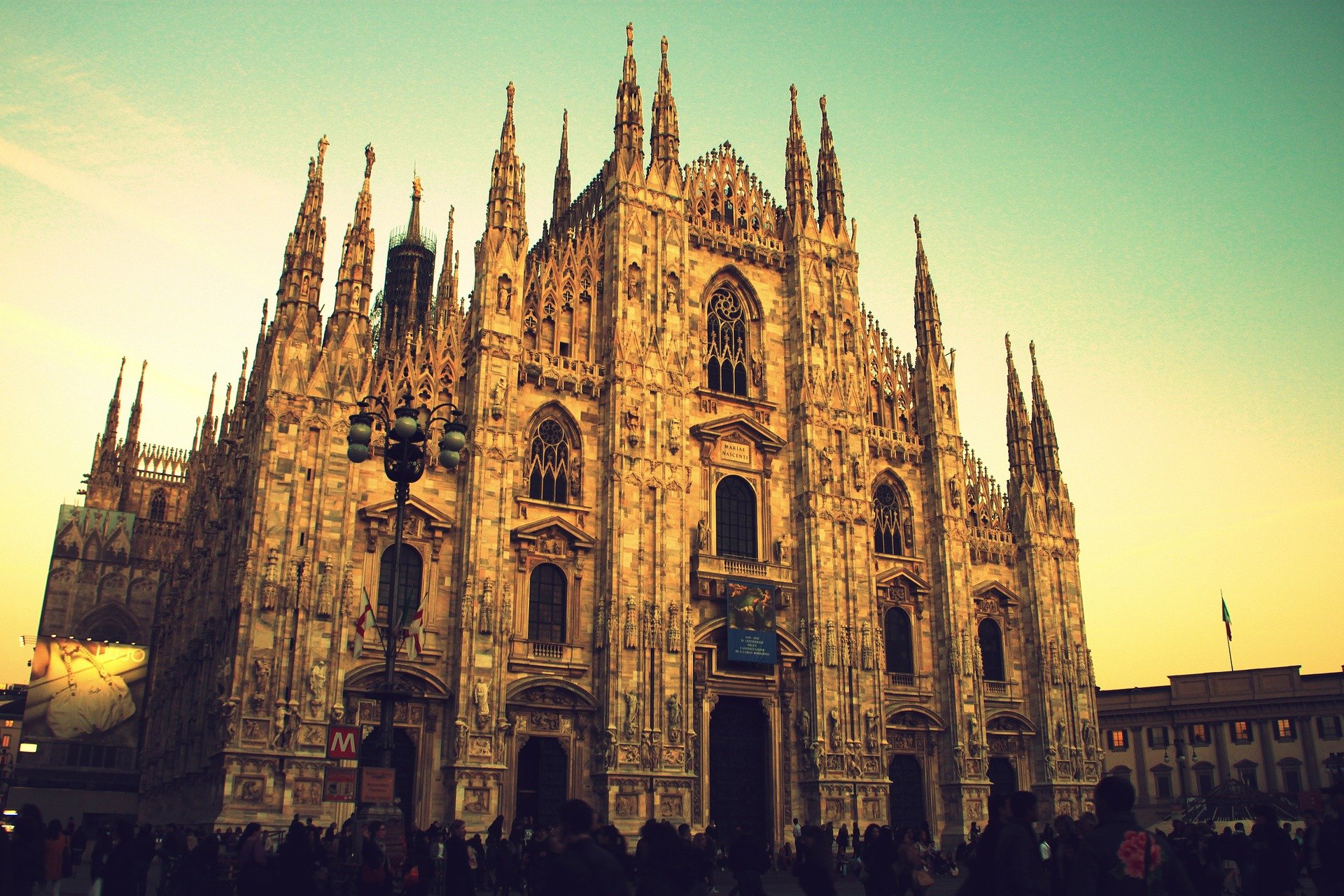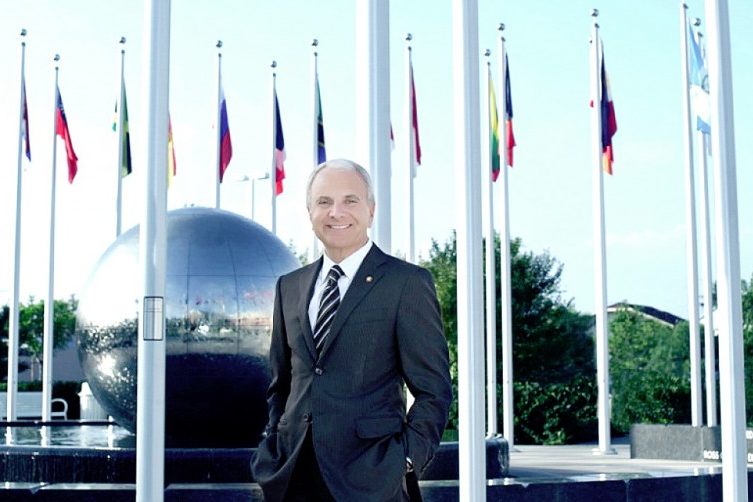Ranked #1 must-visit destination in 2015 by the New York Times, Milan has always had a controversial charm. Most people either love or hate it. It’s colder – in all senses – than other Italian cities, and it has to compete with Venice, Florence, and Rome in terms of artistic and architectural treasures.
Yet, Milan seems to have something that the others lack, something that’s proving essential in this historical moment: the power to evolve and to invest in the future.
More than anywhere else in Italy, a modern and international flair places Milan side by side with major European metropolis. And this trend has recently accelerated, despite the crisis that still lingers on, due to the upcoming Universal Exposition.
Since the 1950s, Milan has been the country’s economic and financial heart, home to the stock exchange as well as to main banks and legal offices. Famous all over the world as a fashion capital along with Paris, New York, and London, thanks to the luxurious shopping district and the Fashion Week events, it is also well known for its high-quality industrial and furniture design industry, hosting annual exhibitions and the largest global Furniture Fair.
Automotive, IT and telecommunication companies are another established presence in Italy’s second most populous city, creating many job opportunities. And tourism, of course, will become one of Milan’s most significant assets in the year 2015, when approximately twenty million visitors are expected May through October during the Expo.
Besides building up a monumental complex – about 1.1 million square meters – in the north-western Rho-Pero area of the city, including not only exhibit pavilions but also gardens and canals (Lake Arena), Milan has been preparing to welcome tourists and professionals by enhancing its accommodating and transportation facilities, also in collaboration with the neighboring regions; completing urban projects like La Darsena quarter and polishing up its architectural landmarks, first of all the Duomo (cathedral) and the vibrant Navigli district; and planning a number of engaging entertainment initiatives.
Among them, the prestigious La Scala Theater will remain open continuously throughout the Expo for the first time in its history.
Capitalizing on this occasion, when Milan will be in the world’s spotlight for 6 months, some overlooked areas have been upgraded or restyled. New skyscrapers, designed by internationally celebrated architects the likes of Arata Isozaki and Zaha Hadid, museums of contemporary art, malls, parking lots, fashionable hotels and restaurants featuring Italy’s traditional and regional cuisines, have appeared all over the city, from Porta Garibaldi to Piazzale Carlo Magno.
Mobility has also been improved by opening a few more metro lines to ensure smoother connections with the airport, main centers of interest, and suburbs.
Dedicated to the topical issues of nutrition and food sustainability, Expo Milan will involve over 130 participating nations and organizations. If properly managed, it could be a unique opportunity not only to revamp the economy of the city – and possibly of Italy – but also to give an important contribution to the urgent food debate that affects the whole planet.






























